
Indonesia is the fourth-most populous country in the world, with over 275 million people. The Indonesian archipelago consists of over 17,000 islands — but of primary political, social and economic importance to the country is the island of Java. It is home to more than half of Indonesia’s population and is one of the most densely populated places on Earth.
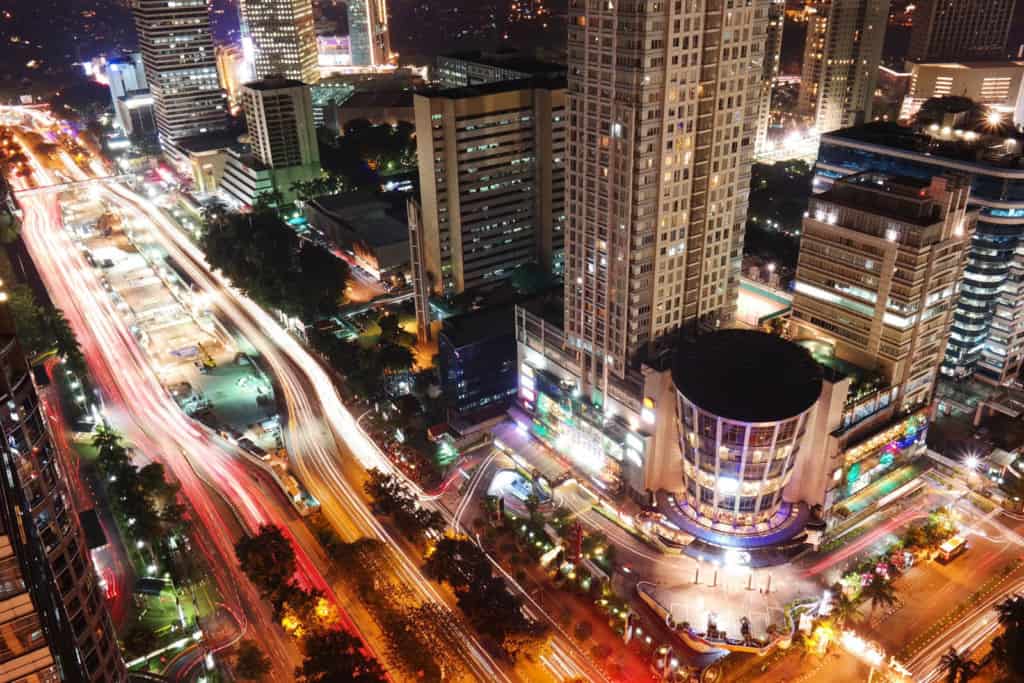
Situated in Java’s northwest corner is Indonesia’s capital of Jakarta. Jakarta’s large metro area is collectively referred to as Jabodetabek (a combination of Jakarta, Bogor, Depok, Tangerang and Bekasi). Altogether, its population exceeds 30 million, making it the world’s second-most populous urban area, after Tokyo. The city proper has nearly 11 million people, with a very high population density of 37,460 people per square mile.
Close Quarters
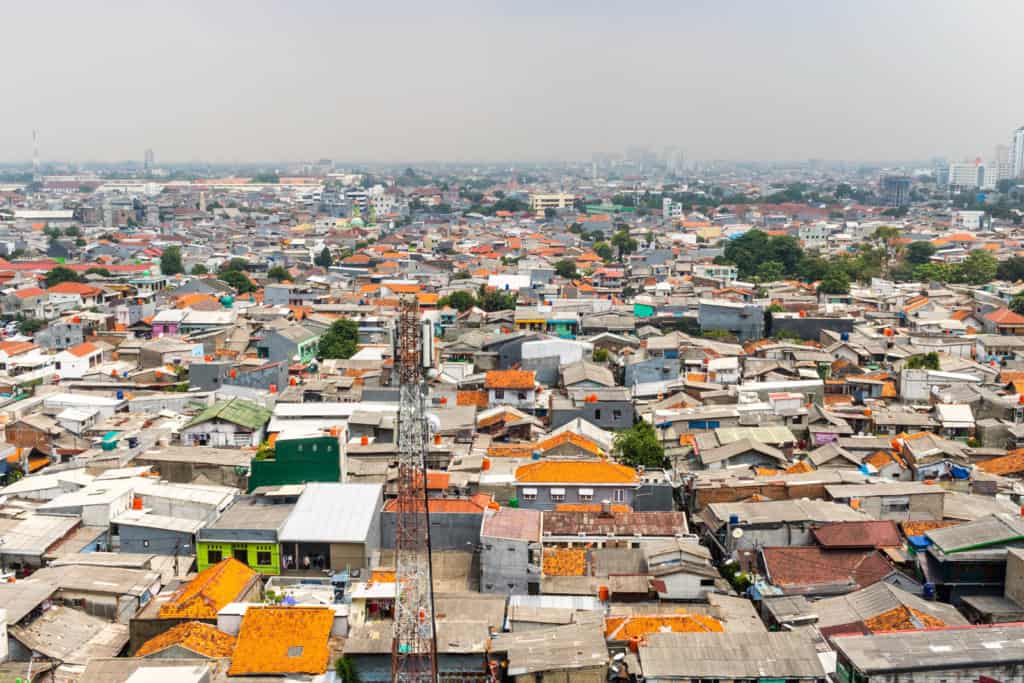
With Jakarta’s significant population comes a range of challenges typical of overpopulation — including poor sanitation and hygiene, pollution, contaminated water and increased risk of infectious diseases.
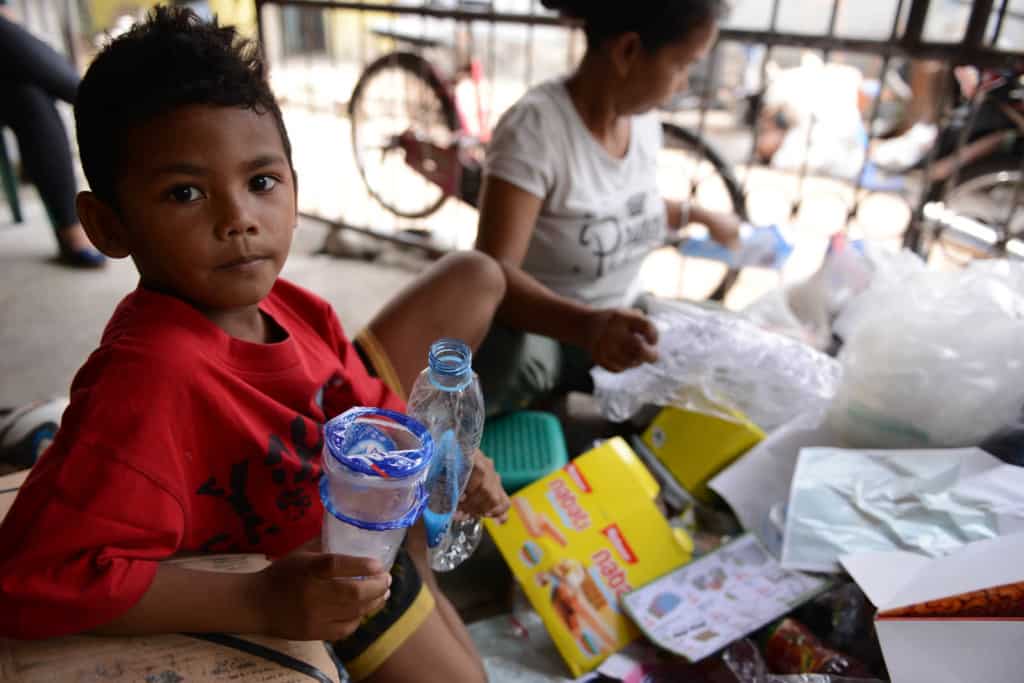
The World Bank estimates that 27.55 million Indonesians live in poverty. Many do whatever jobs they can find to survive. For example, 7-year-old Malen helps his mom collect recyclables from around the city to sell for money to help support their family.
Climate Challenges
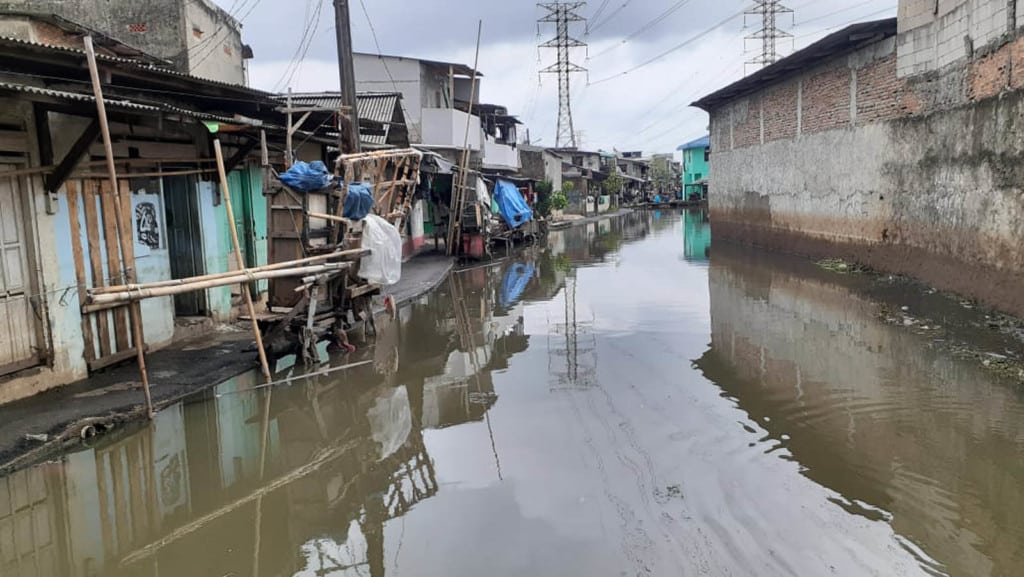
Compounding the challenges associated with its large population is the fact that Jakarta is one of the fastest-sinking capitals in the world, sinking up to 6.7 inches per year. Almost half of the city now sits below sea level. This, combined with rising sea levels, has made Jakarta especially prone to flooding.
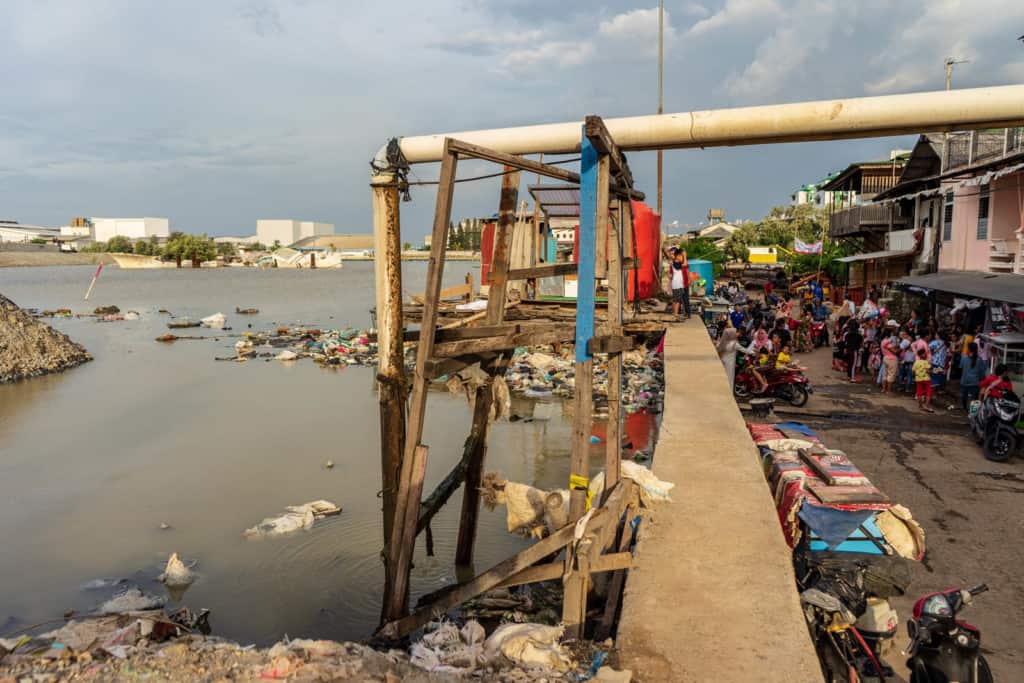
Muara Baru is one of Jakarta’s fastest-sinking areas. Residents live below sea level and are protected only by a concrete wall.
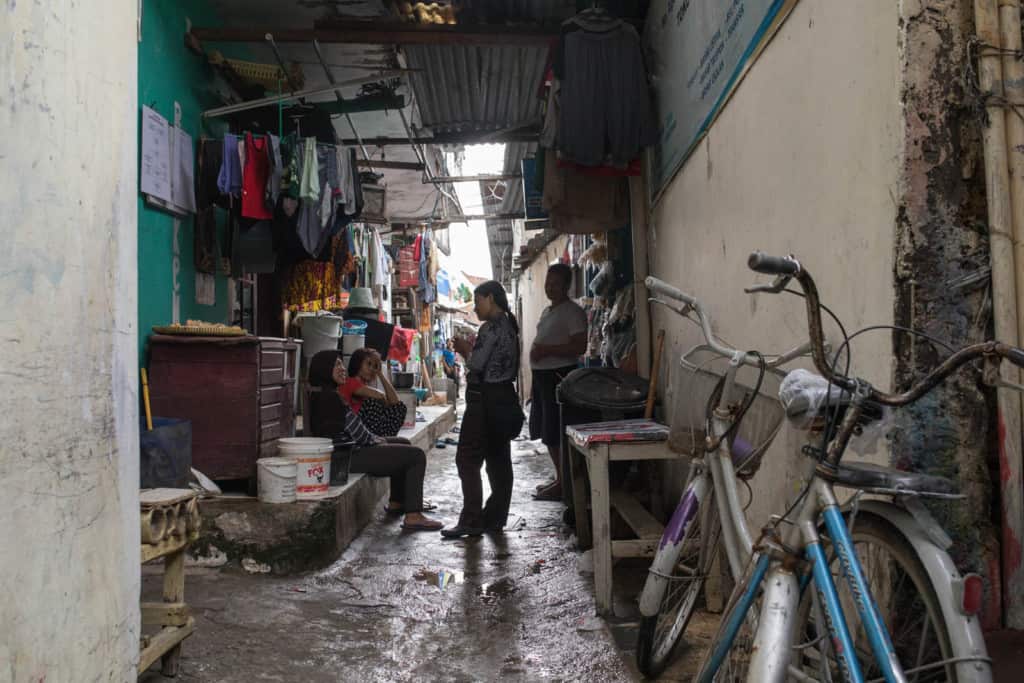
Jakarta is also especially prone to natural disasters — as is all of Indonesia. Earthquakes, tsunamis, volcanic eruptions, drought, landslides and floods are common thanks to the country’s proximity to tectonic fault lines. Indonesia has recently experienced at least one natural disaster every year. Such extreme weather can destroy infrastructure, disrupt children’s education, create health crises and cause food insecurity in rural areas.
Children: Jakarta’s Future
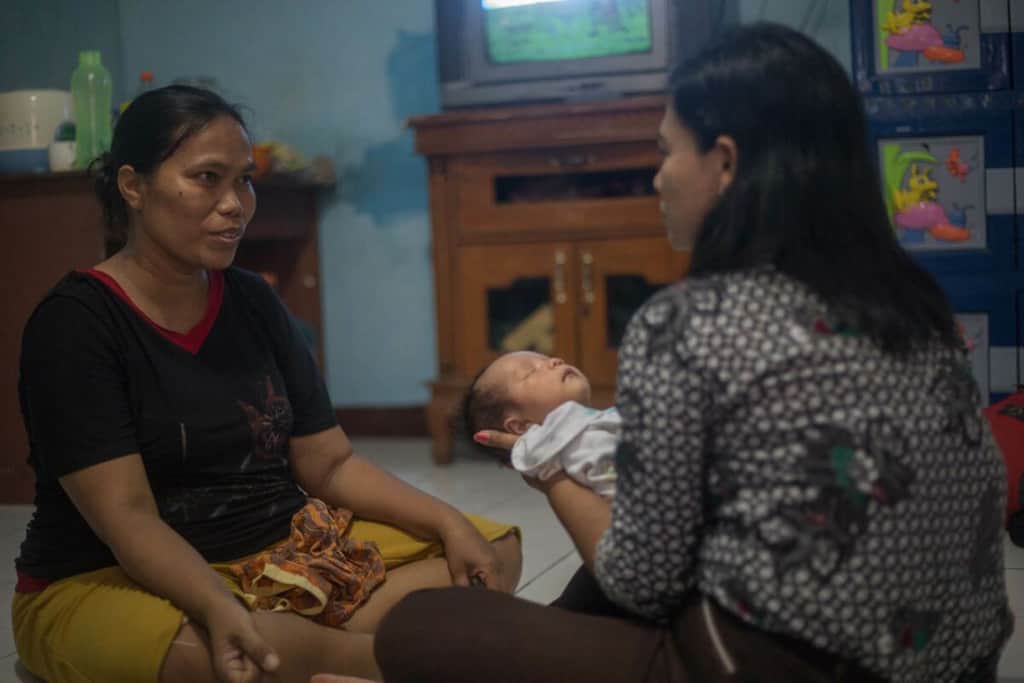
An estimated 37 percent of children under age 5 in Indonesia experience childhood stunting from malnutrition, which can be an underlying cause for child mortality and impact development for a lifetime. Additionally, over 100,000 children in the country die every year from waterborne illness.
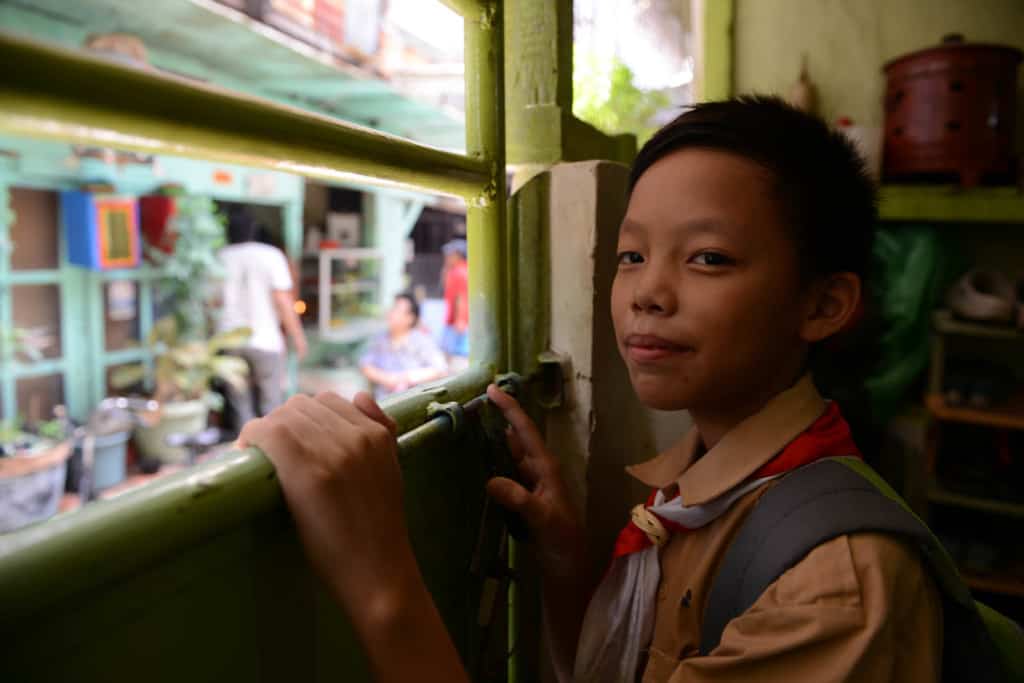
The challenges to healthy child development in Indonesia are great — but Compassion has been fighting childhood poverty in the country for 52 years. We currently serve over 160,000 children in partnership with 733 local churches across Indonesia.
Can you sponsor a child in Indonesia? Search for a child in need of a sponsor like you.
Compassion photography by Vera Aurima and Tonny Tunya.

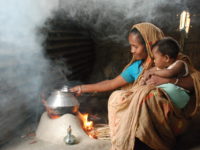


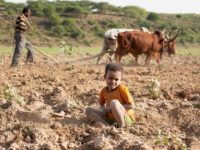


2 Comments |Add a comment
Thank you for sharing this critical information that moves the hearts of men and women of God.
We continue to pray for Indonesia so that the protection from the almighty God will prevail.
Thank God for Compassion, it’s amazing what is being done to address the holistic needs of the children and youth and their families and enabling them to thrive amidst such circumstances.
Interesting article. Indonesia is indeed struggling with poverty. And in Jakarta City we can find examples of poverty in urban contexts.